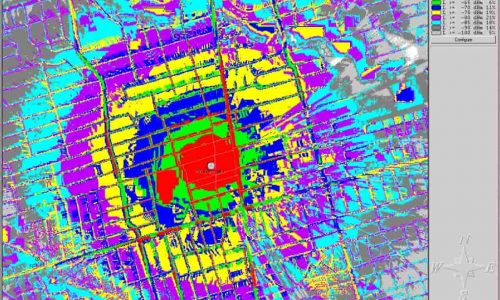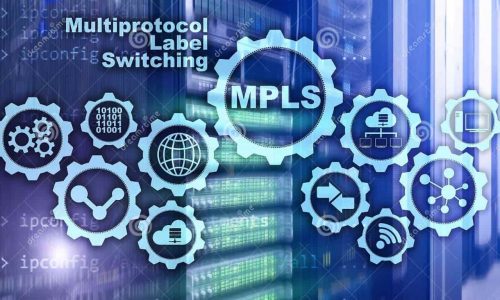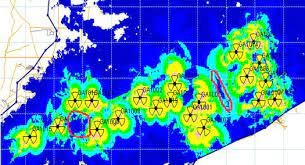This course focuses on advanced telecom topics covering M2M, IOT, SDN, NFV and cloud. Machine-to-Machine (M2M) communications have emerged as a cutting edge technology for next generation communications systems. It connects ‘things’ to the internet, transforming them into intelligent devices that exchange real time information and open up a range of possibilities for how telecom businesses are run. M2M along with Software Defined Networks, the Cloud and Network Functions Virtualization (NFV). Participants attending the course will gain an understanding of the fundamental concepts, architecture and services provided of M2M, IOT, SDH, NFV and Cloud.
EXPECTED ACCOMPLISHMENTS
- Describe features, benefits, and operation of cloud computing
- Understand the evolution of the cloud computing
- Learn about common platforms and applications
- List cloud computing products and services
- Explore pros and cons of implementing a cloud computing platform
- Describe cloud computing standards and best practices
- Describe what IoT technology trends, deployments and convergence.
- Step through the dynamics of the IoT markets, technology, trends and the convergence of platforms and services, with a special focus on the product design, architecture and implementation.
- Describe what Network Functions Virtualization (NFV) is
- Describe virtualization, cloud computing and its service models
- List NFV architecture and building blocks
- List NFV benefits and requirements
- Define NFV in the context of network functions
TARGET AUDIENCE
Current and aspiring telecom professionals, including IT staff, corporate decision-makers, consultants and students will find this course valuable.
COURSE DETAILS
Cloud Computing
- What is ‘The Cloud’™?
- Traditional Models vs Cloud Computing
- Cloud Characteristics
- Cloud Deployments Models – Private, Community, Public, Hybrid
- Enabling Technologies
- Traditional Data Centres
- Virtualization & Multi-Tenanting
- SOA & Web Services
- Service Grids & Autonomic Computing
- Types of Cloud Services
- SaaS, PaaS and IaaS
- XaaS Payment Models
- Examples of XaaS Services & Providers
- Pros & Cons of Cloud Computing
- Pros: Cost, Scalability, Resilience, Collaboration
- Cons: Security, Availability, Trust, De-skilling
- The Future of Cloud Computing
M2M
- M2M Applications
- M2M Standardization
- M2M Protocols and Networking Technologies
- M2M Security
- Cellular M2M
- M2M Challenges and Issues
- M2M Ecosystem and Market
- Communications for Home
Software Defined Networking (SDN)
- Limitations of Current Networking Technologies
- Principals behind Network Transformation
- SDN technical and business drivers
- SDN What and Why
- Analyzing the key Drivers of SDN
- Cloud Computing, Big Data, Video and Multimedia and Mobile
- Common centralized IT policies
- Creating new applications and services
- Software Defined Networking for service providers
Network Functions Virtualization (NFV)
- What is Network Functions Virtualization (NFV)
- Relationship with Cloud Computing and Software Defined Networks (SDN)
- SDN, OpenFlow, OpenStack and Cloud Computing (IaaS) principles
- Principles of virtualization of servers
- Benefits of Network Functions Virtualization (NFV)
- The Changing Telecoms Industry Landscape and Transformation
- Enablers for Network Functions Virtualization (NFV)
- Principles of Cloud Computing
- Industry Standard High Volume Servers
- Challenges for Network Functions Virtualization (NFV)
- NFV architecture
- Why NFV and The IP Multimedia Subsytem (IMS)
- VoLTE, LTE and IMS NFV requirements and benefits
Internet of Things (IoT)
- Concepts and Definitions of The Internet of Things (IoT)
- Applications
- IoT standards
- Requirements
- Functionalists and structure
- IoT enabling technologies
- IoT Architecture
- Major component of IoT
- Hardware, sensors, Systems-on-a-Chip, firmware, device drivers, application software, connectivity, cloud, and security
- Role of wired and wireless communication
- IoT communication and networking protocols
- IoT services and applications
- Security
- Cloud Computing and the Internet of Things
- Semantic Web 3.0 Standard for M2M and IoT
- IoT Platforms
- Challenges of adapting the concepts













